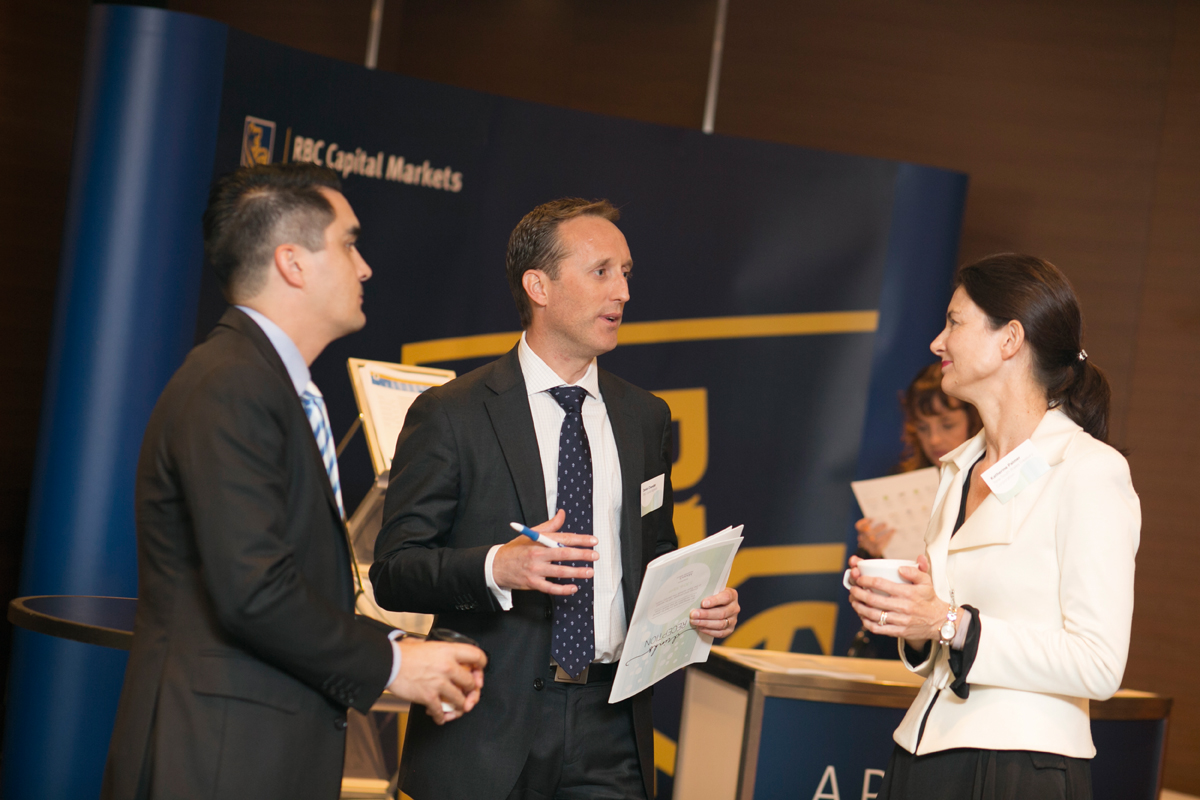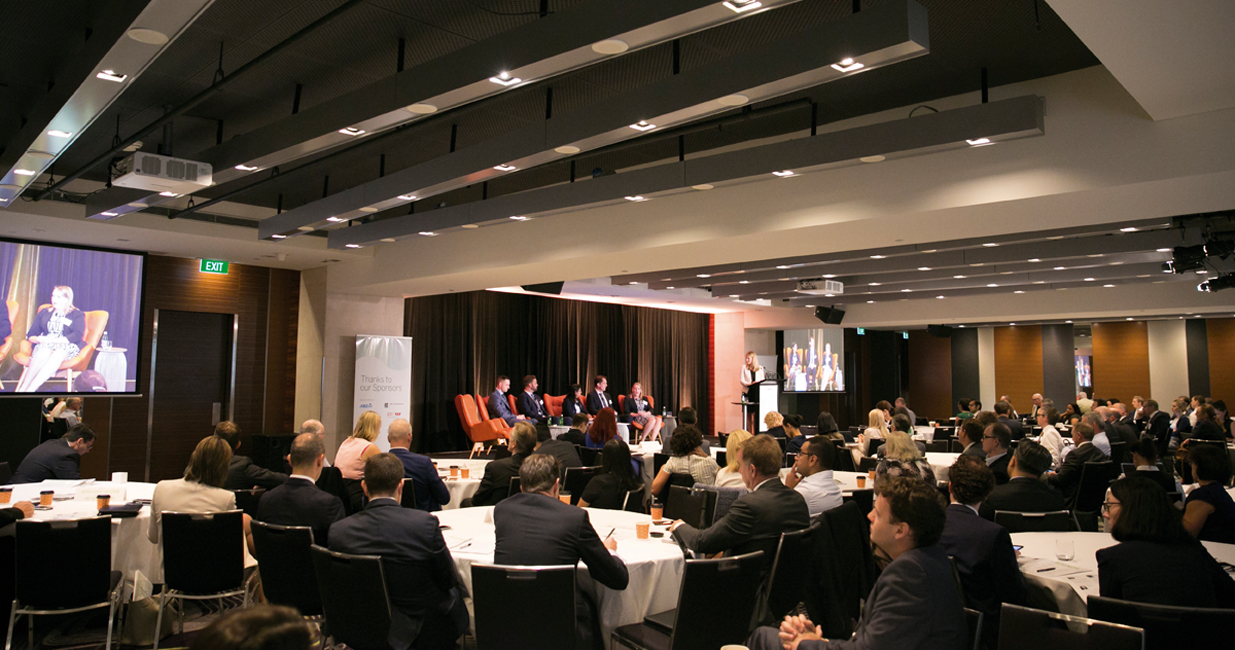
Sustainability scores
In March, for the first time, KangaNews hosted its Sustainable Debt Summit as a full-day event, reflecting the exponential growth in interest in environmental, social and governance (ESG) integration in the fixed-income universe. The sector is now much broader than green-bond issuance, as reflected in discussions at the KangaNews event.
“A lot of green-bond issuance has been directed towards the infrastructure space, which is an area in which many investors are looking to expand exposures. The composition of the green-bond index is different from the composite index, with less exposure to Treasury bonds and greater issuance or sector diversity.”

“It’s one thing for us to issue a climate bond, but if we didn’t have an adequate framework in place across the bank, going all the way down to our supply chain, we could run the risk of falling victim to investors’ exclusionary approach to ESG. It’s about the company, not just specific bond issuance.”
“A few years ago the market was like the Wild West, with loose criteria and wildly different use-of-funds approaches in Europe. This has changed, and we now have quite a tight market when it comes to issuance credibility. But we still have real differentiation of types of issuance and, to some extent, investor bases.”
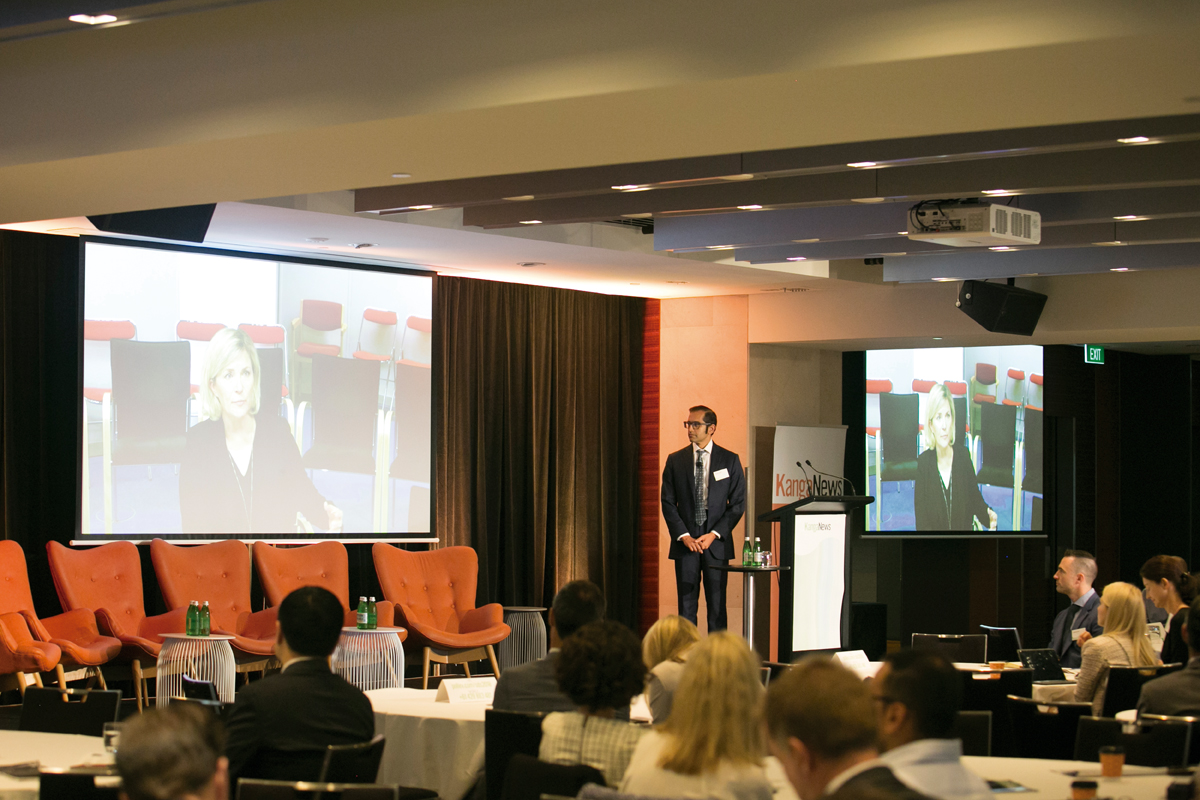
“The step-change that has occurred within Australian financial institutions since the Paris accord is sustainability’s move from a fragmented approach to a core part of purpose and strategy. The different aspects – regarding customers, the wider community and the bank’s own book – are like pieces of a jigsaw we are trying to put together as a group strategy.”

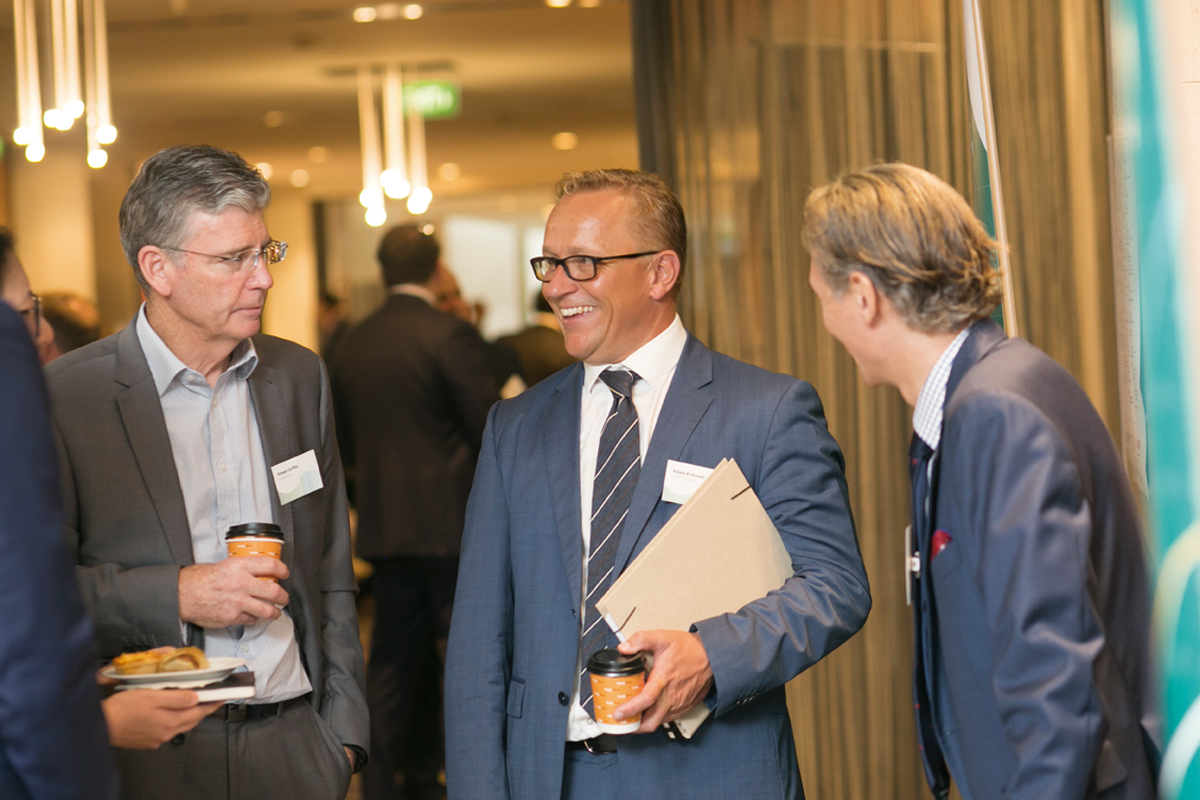
“Whether or not the Task Force on Climate-related Financial Disclosures evolves and proves to be long-lasting, it is a fact that more transparent and consistent data is something the investment community has been seeking for a long time – so there will be some equivalent even if it is not the TCFD.”
“Coming up with a best estimate of what a 2 degree carbon budget might look like was incredibly complicated. Investors tell us what they most want is transparency about the assumptions used to develop a particular conclusion, and qualitative guidance about the consequences of changing those assumptions.”
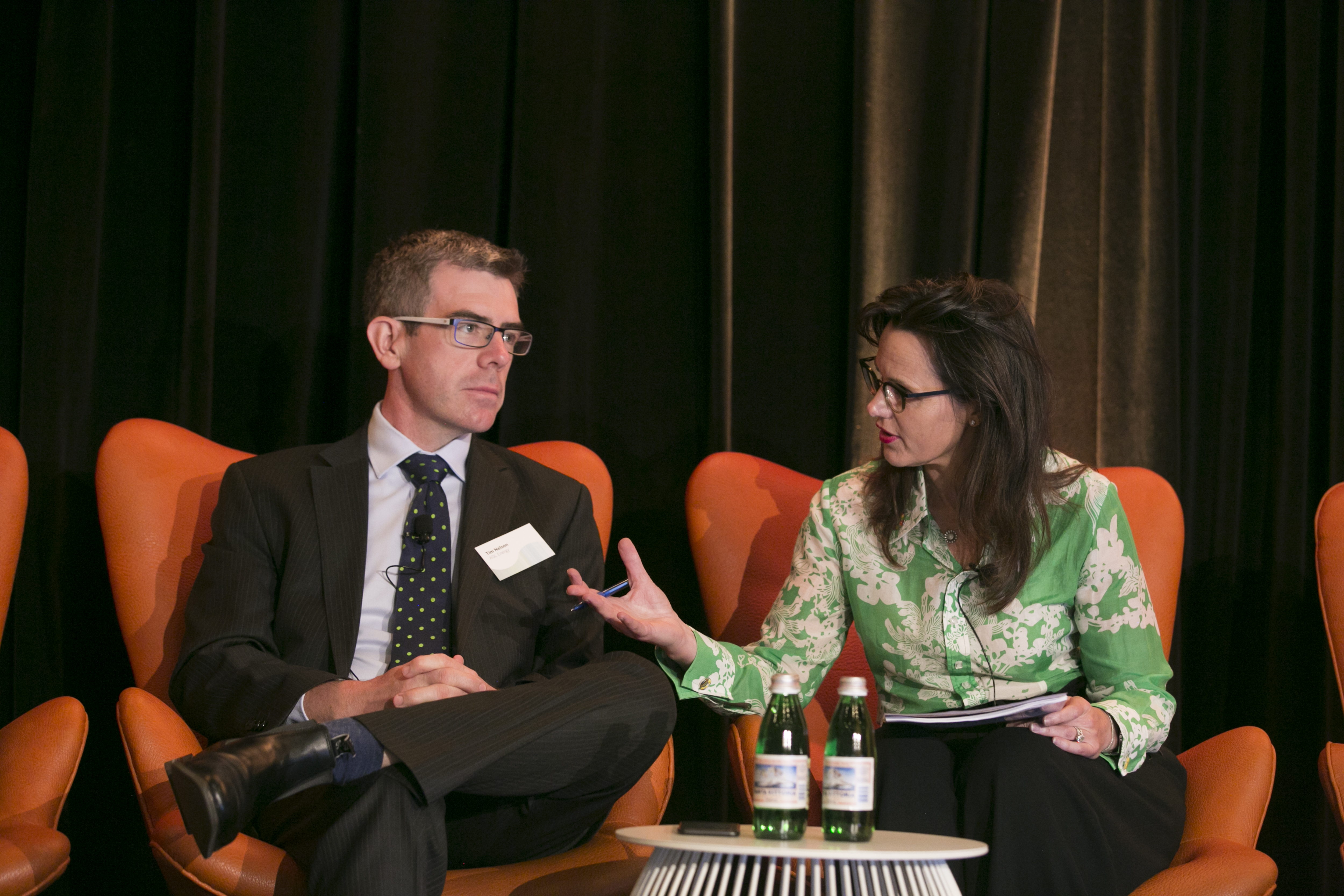

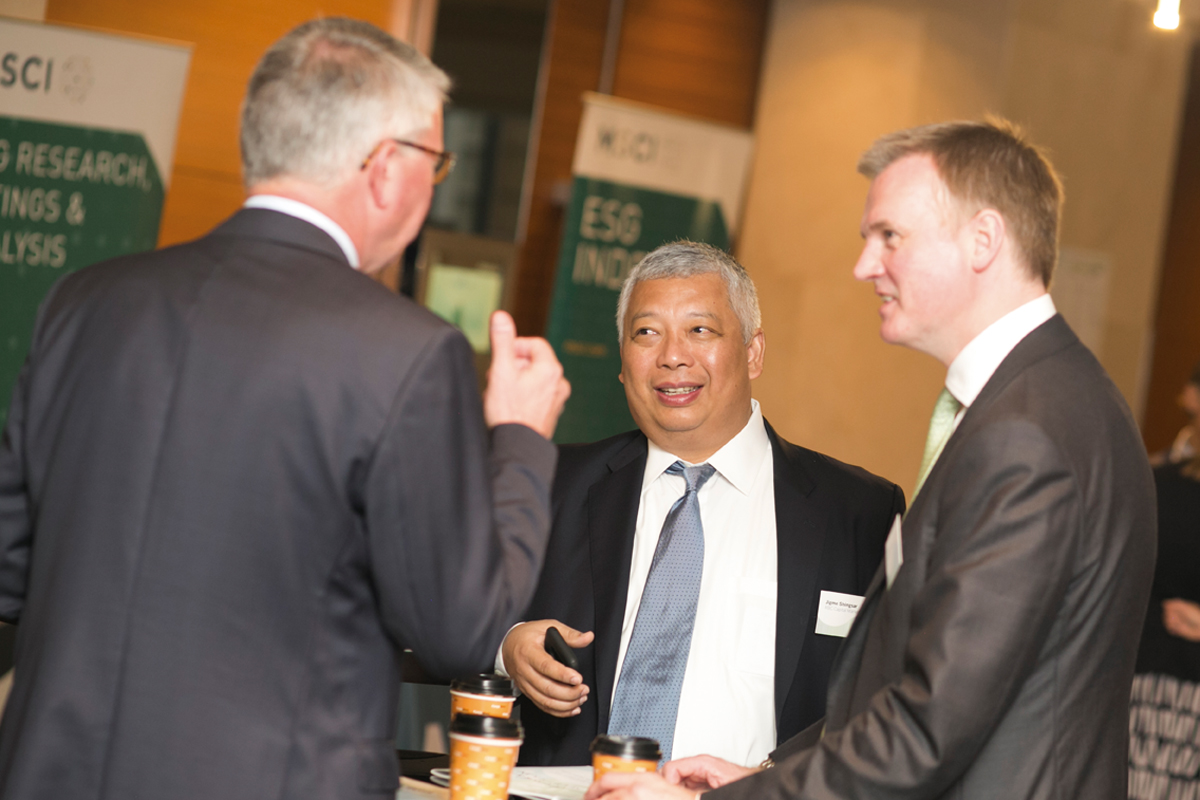
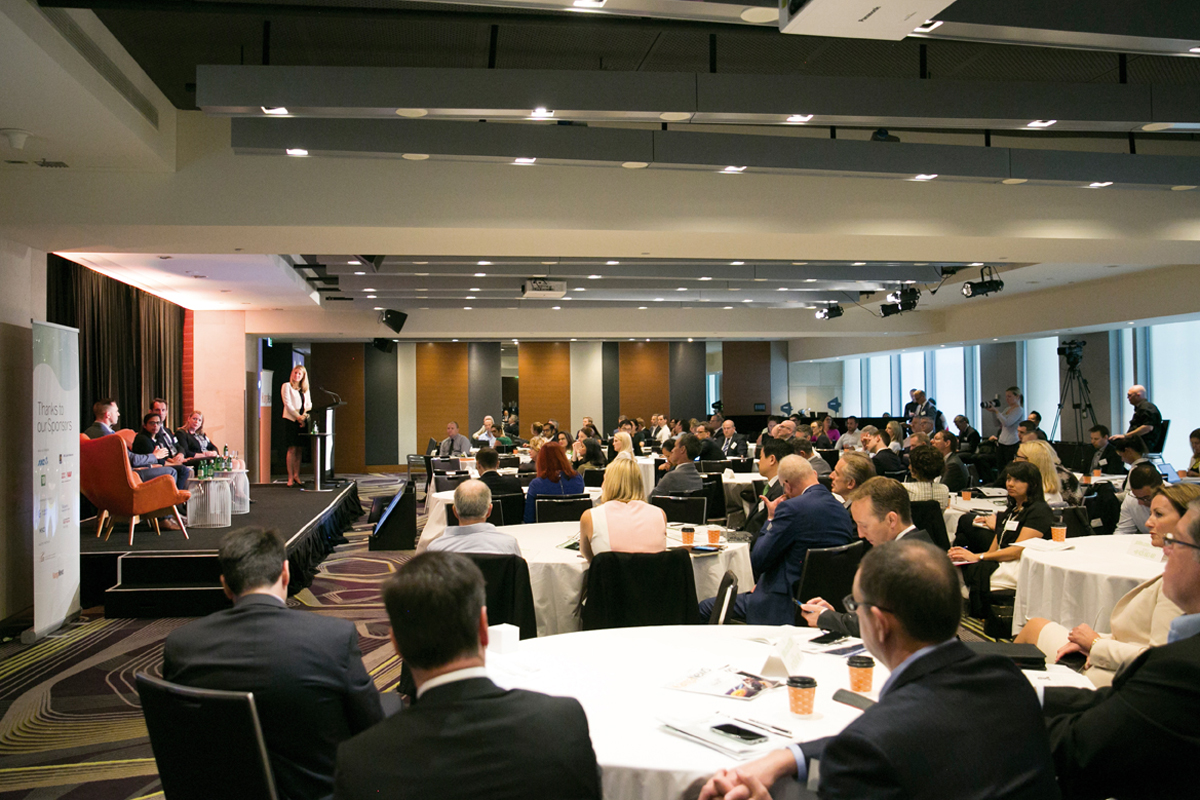
“We are getting to the point where it is no longer a moral decision on behalf of fund managers to say they don’t want to own companies that are susceptible to, say, animal cruelty. It is about recognising that the externalities of animal cruelty will ultimately be factored back into the earnings of those companies.”


“We know there is a going to be a big lift in demand for capital to fund infrastructure projects, particularly in the renewable-energy sector. We also know there has been a project-bond market in Australia previously. If the size of projects in the renewable-energy sector continues to scale up, there is no reason why we shouldn’t start to see the emergence of a new asset class – green project bonds.”
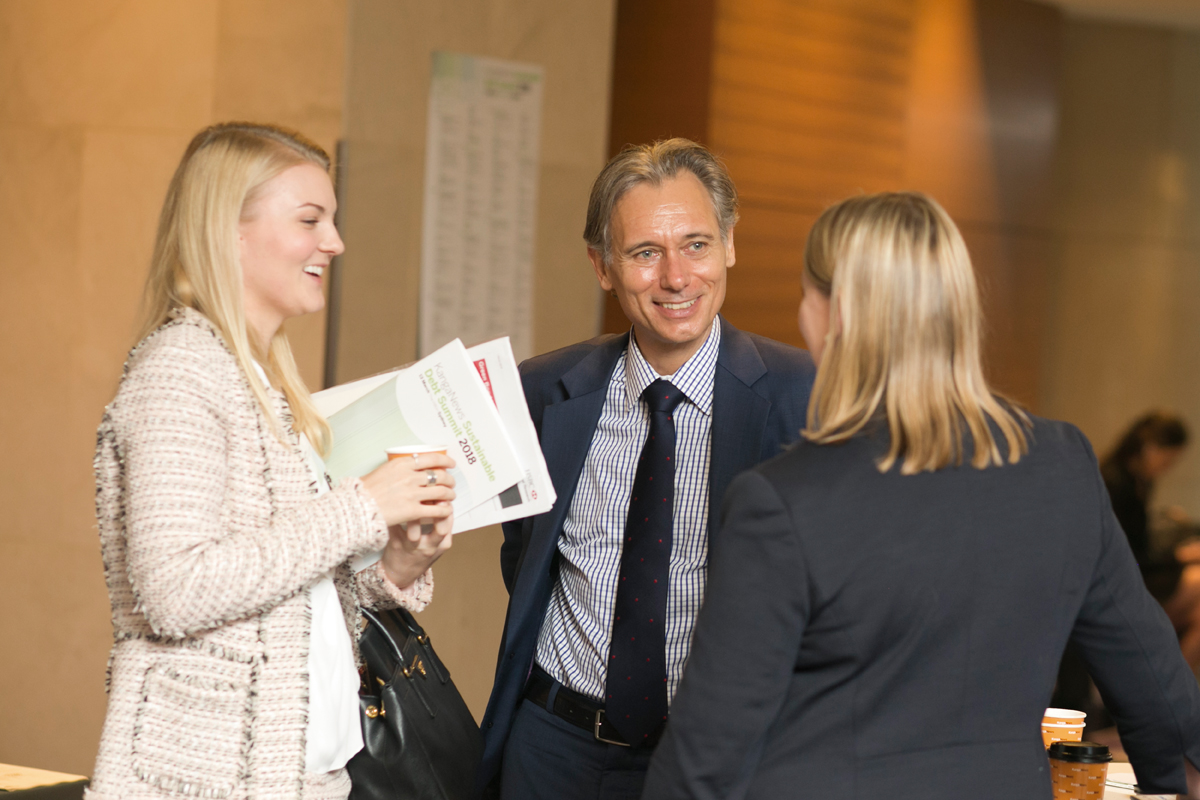
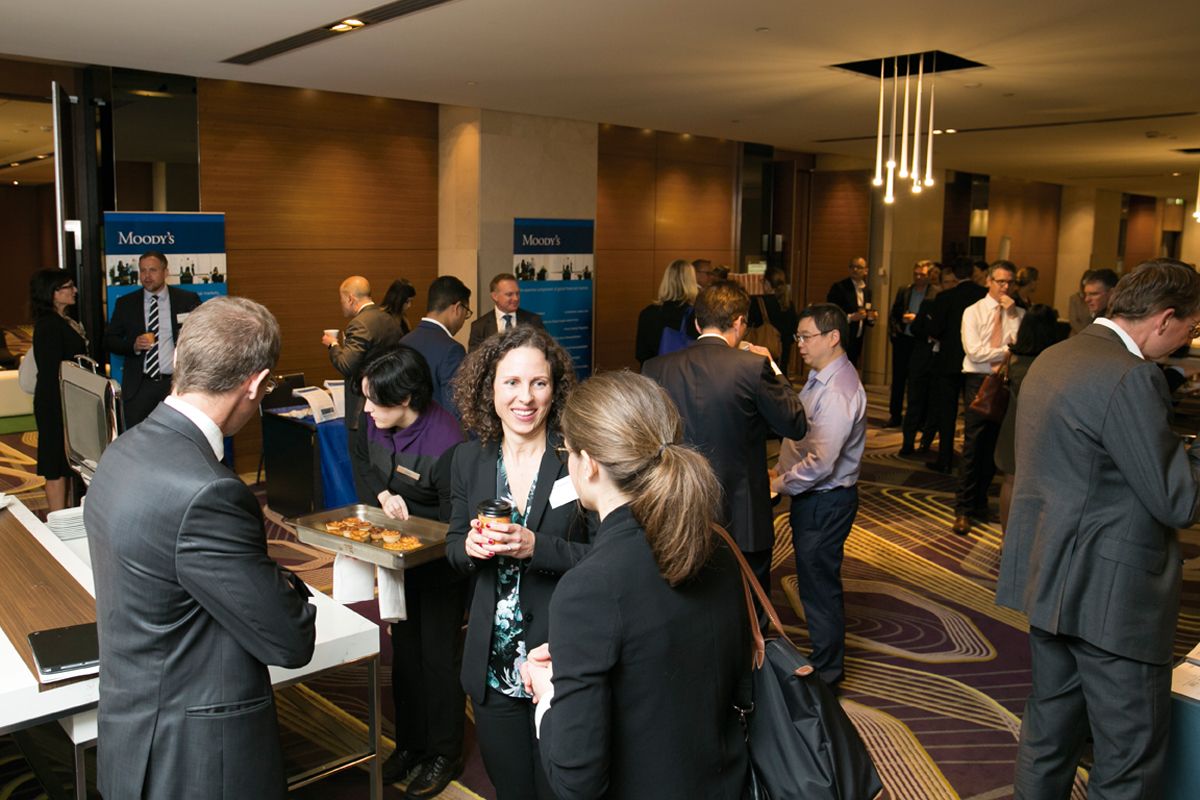
“Resilience practice is founded on understanding the interplay between chronic stresses and acute shocks. In similar ways, the value of ESG investment is perhaps less about considering distinct asset classes or investment criteria and more about having a comprehensive understanding of the opportunities, risks and impacts of an investee entity.”
